|
I was first exposed to no-till gardening through the book "Le jardin vivrier", by Marie Thévard. The first few chapters invited me to consider how healthy soil is in a natural environment such as a forest, and to compare that beautiful, black, rich soil to frequently tilled agricultural soil. I had myself observed how rich and loamy the soil is in our forest - in fact I was often tempted to dig some out to amend the clay soil in my gardens. The forest soil is alive - full of microorganisms. It it light and fluffy, drains well, leaves space of oxygen. When you sift through it, you find thriving fungi, worms, insects, mosses, and many micro-organisms we cannot see. Every year, it becomes more healthy, as leaves fall and decompose into a rich hummus, and plants decompose over the winter. All sizes of plants thrive in this soil, without intervention. Without watering or fertilizing. The forest soil is almost always moist and alive. In contrast, when I look at the agricultural fields that surround us, they look like a desert - hard, cracked clay that requires huge amounts labor and additives to extract a crop from them. The forest doesn't extract - it nurtures. And that is what I wanted to do with my garden. A no-till approach means drawing inspiration from the forest's nurturing and passive approach as much as possible. To avoid disrupting the layered ecosystem of micro-organisms in the soil, you never turn over the soil (bye-bye, rototiller). You also keep layering organic matter onto the soil, keeping it completely covered at almost all times. This organic matter, or mulch, serves several purposes:
It makes so much sense. And I always hated fighting with my rototiller so I was easily convinced. Going back to the time when I was reading all these revelations, I had already been using mulch in my garden in the form of landscape fabric. It had saved me hours of weeding, and I still don't hate it - I think it's a decent option for some scenarios. However, I was getting frustrated about a few aspects of it. First of all, it locks you into a certain planting pattern (wherever the holes are), so it was limiting my ability to do proper crop rotations. Secondly, it doesn't last forever and I hated the expense and waste it created. Thirdly, it's not very conducive to planting very tightly planted crops - you can't realistically make a hole every 5 centimeters. And finally, I now realized that it hadn't been doing anything to improve soil health. The first year after reading this book, I decided to convert part of my garden to a no-till approach. Fabric mulch had never worked well for corn, because of how tightly spaced the seeds are. So, I decided to use lawn clippings to mulch my corn patch. The second year, I stopped replacing any sections of landscape fabric - whenever a section was too torn or degraded to use, I put down natural mulch instead. I used dried weeds, lawn clippings, and dried leaves. Even the occasional cowpot. Whenever I harvested vegetables, I removed any "extra parts" such as corn husks, carrot leaves, and the external leaves of cabbages, and dumped them right there and then as mulch - I started to see anything that was removed from the garden as a loss of nutrients, and it made sense to limit that loss. In the fall I left all plant matter, such as tomato stalks, to decompose into the soil. By that time, I started to notice a difference in the soil that was getting covered by natural mulch. It was becoming fluffier, it was well drained, and it was SO full of worms. It became easier to plant in - no more brick-hard clay in the spring, no temptation to till it to "fluff it up" or till under weeds that had gotten out of control. By last year, I felt ready to fully convert my garden fully to natural mulch, the last step towards no-till. The main obstacle that worried me was efficiently gathering up sufficient amounts of plant matter. During my earlier years of experimenting with natural mulch, I had been raking lawn clippings into the lawn tractor trailer, but that is time consuming. I solved that problem by purchasing a second hand yardsweeper - a passive lawn tractor attachment with brushes that fling lawn clippings into a little canvas trailer. This makes it much easier to pick up the clippings. I also started to "steal" people's bags of raked leaves and pine needles in the fall and spring. Last fall, when I "closed up" my garden for the season, I took out all remaining landscape fabric. I dumped bags of leaves on each row - I just packed as many bags as I could every time I took a drive through a residential neighborhood. On top of the leaves, I put whatever I could find, such as weeds, branches, corn stalks, etc - keep the leaves from blowing away. I also used lawn clippings. When spring came around, I was greeted by a vibrant soil that had been protected throughout the winter. Very few weeds pierced through the mulch, and the ones that did were easy to remove. I was able to weed my entire garden (30 x 60 feet) in about twenty minutes, and I only had to do it once. Normally, even with the fabric mulch, I had to spend a significant amount of time on several rounds of weeding in the spring. I also noticed that the soil hadn't compacted over the winter and during spring rains. It stayed fluffy and aerated, with lots of worms. The mulch I had put did decompose significantly over the spring, and I had to apply another thick coat this week (mid-May). I put another layer of leaves, and a layer of lawn clippings on top (to prevent the leaves from blowing away). I've now planted my hardiest seedlings, for example onions, potatoes, parsley, and greens. It's been a pleasure to plant them in the natural mulch, compared to fabric mulch. Just spread the mulch with my hori-hori knife, making a little nest for the seedling or seed. No more cutting out the landscape mulch with an x-acto or scissors for every seeds (savvier gardeners burn those holes through, but still). I am still a little nervous about keeping up with that amount of mulching. The yardsweeper makes it relatively easy to gather up lawn clippings and that should be enough throughout the summer. We shall see! Some considerations for going no-till
What can you use for natural mulch? Scientifically speaking, it's useful to know that some mulches add carbon to the soil (mostly dried/brown stuff - for example bark, cardboard, and sawdust) and some mulches add nitrogen (mostly green stuff such as lawn clippings, aged compost, weeds and hay). Leaves and branches occupy a bit of a middle ground. Ideally speaking, you could choose your mulch based on a soil test to determine if your soil needs more nitrogen or more carbon. In practice, in our area, nitrogen is typically what is most needed so I learn towards "green" mulches. A few other factors to take into consideration:
I also want to mention that although sawdust is fine, walnut sawdust or shavings should be avoided (it suppresses growth). And, finally,, to bust a myth - it is not true that pine needles make soil acid, so you shouldn't fear them for that reason. The real reason things don't grow around pines in that pine needles make a very dense mulch, and, pine trees have very shallow roots. I actually really like pine needles as mulch - they provide great coverage and they don't blow away in the wind. A word about the broadfork Finally, as you transition to a no-till approach, you may need to fluff your soil occasionally. For that I would recommend a broadfork. A broadfork fluffs the soil without turning it over. It leaves the microbiome of the soil intact. Eventually, as the soil becomes fluffier and fluffier, you won't need to broadfork it anymore, but, it is a good transition tool. Setting up a new no-till garden bed
Most of my beds were converted from tilled beds to no-till. That means that originally, I dug up the sod and tilled it. However, it's also possible to create new no-till beds in your lawn, without tilling it even once. I am trying that for the first time and I will write a separate blog post about my experience once I am a little further along with it.
0 Comments
Over the years I have worked to establish more perennial food plants on our property. They typically cost a little more upfront but having low-maintenance, recurring sources of food is great. In the process of writing this post, I realized we have over forty different perennial foods growing on our property - a mix of naturally occurring and purposefully introduced.
I have integrated these perennials plants in various places on the property, creating a bit of an edible landscape; but I also have a few dedicated perennial beds in a section of our property. I keep these beds separate from my main garden so that they don't interfere with crop rotation. Before I switched to a no-till approach, it was a also a concern that they would get in the way of rototilling. I'll provide a summary of the perennial foods we grow, in hopes that it will give you ideas if you live in a similar zone. Even though we live in zone 5, I tend to favor perennials that are rustic to zone 3, to ensure they are very rustic and survive our winters. Trees:
Berries and other small fruits:
Edible flowers:
Herbs:
Others:
Naturally occurring perennials (foraging - more details here)
Failures - things I might try again:
This year I am growing onions from seed for the first time, after many years of using onion sets. Part of my motivation is cost, but I also read in Le Jardin Vivrier that onions from seed tend to store better. Here is the approach I am taking based on the principles of no-dig, intense planting. I started my onion seeds in a tray. I planted them very densely in rows. I didn't thin them. I trimmed them a couple of times to keep them around 6-10cm long. The trimmed ends are very fragrant and I used them in my cooking. Once it was transplanting time, I trimmed them once more to around 6cm, and loosened the soil in the tray. It was easy to pull out the tiny onion seedlings and untangle them. I grabbed 3-4 onion seedlings at a time My garden surface was already loose soil (if it had not been loose I would have used the broadfork to loosen it). I had recently replenished the mulch covering it, with a layer of leaves and a layer of grass clippings. I used my hori hori knife to spread the mulch apart and make a small hole. I placed the 4 seedlings in the hole, making sure not to cover them above the split in their leaves. I packed the soil around them a bit. The reason I put 4 onions per hole is that they will naturally push each other apart as they grow. In many cases I will harvest one per hole as a "green onion" early in the season, and maybe even another one to cook as a young onion, but they'd be fine left together to maturity, too. I used a distance of 8 inches between each 4-pack of onions. Even this densely packed, since onions have such skinny leaves, they won't shade the soil and weeds, so it will be important to keep a thick layer of mulch in between the onions, all summer long. I planted my onion sets the same way. In total, I have about 300 onions planted. They are one of those things that we never seem to have enough of! One of my favorite uses is French onion soup, which I pressure can.
Woodworking skills and tools come in handy in the day to day. My latest project was making a gardening bench, which is mostly used while kneeling but also for sitting. It makes it more comfortable to kneel, saves my pants from the worse of the dirt and scuffs, and makes the repetitive up and down motions easier when it comes to long days of working along rows. The design I decided on has a few bonus features as well - it makes it easier to move all my tools as I go down a row, and if I flip it upside down it's a nice stool from which I can complete the "admiration phase" of my work or take a little break. My design was inspired by commercial products such as this one. Materials needed:
To create my design, I experimented a bit with stacks of books to see what was a comfortable height for kneeling, how high I wanted the handles to be (to assist with getting up repeatedly), and how wide I wanted the kneeler (I wanted a bit of extra space on each side to put down a tool if needed). I also experimented a bit to see what dimensions would work to fold my gardening bag over the top edge. I decided to use mortice and tenon joinery for strength. I could get 2 by 12 boards so I started by jointing and laminating pairs of 2 x 6 boards cut to size. I planed and jointed them. Then I used my router to carve out a mortice and handle in each vertical piece. I made the handle and mortice symmetrical, which made for an appealing design and simple router set up. Next, I used my router table to carve out a notch at either end of the vertical board. This creates short little legs that make the bench more stable on uneven ground. As a bonus, once I started using the bench, I realized that they are great for hanging my hat or any tool with a loop. I While I was at the router table, I started to work on the tenons, at either end of the horizontal piece. I routed out material on both faces of the board, adjusting until it was the correct thickness to slip just right into the mortice. I used a handsaw on the two edges to complete the tenon, and chisels to round off the tenon and adjust the fit. I made the tenon a bit longer than needed, so it would stick out a bit, just as an aesthetic choice. Then, I used a palm router and rasp to round the edges. I glued the mortice and tenon, and applied polyurethane finish. In the picture below, the bench is drying upside down, on some painters' pyramids that I 3D printed a while back. All that was left was gluing the foam on with contact cement. I had a chance to try out my kneeling bench yesterday while planting onions, and I love it. It is comfortable, less tiring, less muddy, and makes it easy to move all my tools along a row as I progress. The upside-down side definitely came in handy too. I love hooking my gardening bag on one end, and my hat on the other when I take it off to cool down a bit. Overall I am very happy with my design! It took about two half days to make, plus drying time. It was a lovely project to spend some time in one of my happy places, my workshop, listening to the rain falling on the tin roof.
Fiddleheads are a great food to forage. They are very easy to identify around here, and come pretty early (early/mid-May this year where we live, in Eastern Ontario), right as nature wakes up and before I can get fresh greens from the garden. It might be easier to spot a nearby ostrich fern patch in the summer, and go back to harvest in the spring. We have lots in our forest. Fiddleheads are the early form of the Ostrich fern - one of two abundant ferns in our area, which also has a lot of Cinnamon fern. It's key to be able to distinguish between these two ferns, and luckily it's pretty easy. The first key characteristic of the ostrich fern is that is it covered with light brown / tan paper - as opposed to the white fuzz that covers the cinnamon fern. The second key characteristic is that its stem has a groove in it (a cross section would be U shaped like a tiny celery), as opposed to the cinnamon fern which doesn't. In the picture below, the ostrich fern is at the top and the cinnamon fern at the bottom. I cut a couple of fiddleheads from each fern and leave the rest, to ensure a sustainable harvest. I cut them near the ground as the stem is quite good. Once at home, I sort through the fiddleheads to confirm identification, remove as much of the papery husk as I can (but it's fine if some stays), trim off the ends and wash them. I boil or steam them, then pan fry them in olive oil with garlic, salt, pepper. I add a little bit of lime juice. Delicious! When we first moved here, I planted a few apples trees. They have become quite productive and on a good year yield the apple harvest is plentiful. Unfortunately, the pruning process has always been intimidating to me, so for the first 12 years or so, I didn't prune any of my trees. I could tell they were getting a little bit out of control, but I just didn't know where to start with it. I looked for information in books and online, but never felt confident. I mentioned this to many people in hopes someone could point me in the right direction... and finally it paid off as my friend Peggy from Good Food Garden, who similarly wanted to learn to prune her apple trees, got a small group together to learn this art from a local expert, Jeff Turner. After participating in this workshop, I can safely say that the best way to learn pruning is to learn in-person, from someone who knows what they are doing! After covering a little bit of theory, we headed outside and pruned Peggy's three apple trees, that were in a comparable state to mine. As the pruning process progressed, the pieces started to fall in place for me and I started to be able to make educated guesses about which branches needed to go. The next day, I pruned my apple and pear trees - I thought I better do it before I lost my nerve! Reflecting on the specific advice that Jeff gave, I realized some guiding principles:
Here are a few of the specific guidelines I used to prune my trees in support of the principles, thanks to Jeff's advice.
In terms of the process of pruning, we learned:
Obviously this isn't a how-to guide to pruning, but I hope that these guidelines give you a general sense of the process. Learning in-person from an expert was such an eye-opening experience, and I really encourage anyone seeking to learn the process of pruning, to try to learn from someone local to you.
Le jardinier-maraîcher: Manuel d’agriculture biologique sur petite surface, Jean-Martin Fortier
The market gardener : A successful grower’s handbook for small-scale organic farming, Jean-Marc Fortier This very practical handbook is based on the experience of Jean-Martin Fortier and Maude-Hélène Desroches in establishing a successful small scale organic farm serving customers mostly through a CSA basket program, in the Eastern Townships of Québec. Their approach is centered on organic methods, intense planting, and efficiency of work, enabling them to minimize how much they invest in equipment and people power. Given these goals, a lot (but not all) of their conclusions are very applicable to a homesteading garden, where minimizing work and investment are typically very important. Where the applicability breaks down is where they make decisions based on building their customer base, and also, because minimal attention is paid to planning a garden with the goal of preserving food over winter, as their business revolves around selling fresh produce. I really enjoyed the way the book is organized – it is a true handbook, with chapters on every phase of setting up and operating a large garden. The first few chapters would be useful for someone who is still dreaming about homesteading. They cover how to chose the ideal property and how to set up your site. If you already have a property, you will probably only skim them. The rest of the chapters are dedicated to one topic each, including fertilizing, indoor seedlings, direct sowing, weeding, pests, prolonging the growing season, harvesting and planning your production. Personally, I also enjoyed how throughout the book, the author shares the philosophy behind their approach. The themes of sustainability, anti-consumerism and seeking a balanced life resonated strongly with me. These themes don’t take over the book, but they do incite reflection and give an intention to the work. There are many reference charts and appendices covering things such as rotation charts, crop spacing, planting calendars, solutions to common problems, etc. There is also considerable attention given to the business side of things, which I found interesting but not very applicable to my situation, where my goal is feeding myself and my family, as opposed to growing a business. After my first reading of the book, I have a few take-aways that I am immediately putting into practice:
Those are my immediately actionable items. The book also gave me some longer-term ideas. I would like to look into simple-ish ways to extend the growing season, such as floating covers, row tunnels, and maybe a small greenhouse. I am also curious to do some more scientific soil tests and to look into a more test-based approach to fertilizing my soil. There were also some aspects to the book which were not really applicable to my situation, and I feel that they may not appeal to most homesteaders. The approach explained in the book is not a no-till approach – some light hand-operated machinery is used. It makes sense from a business perspective but on the kitchen garden scale, I prefer the simplicity, and lower investment, of a no till method. Some of the equipment, although much more affordable than typical farming machinery, is still a bit pricy if you aren’t planning to recoup your investment through sales. Similarly, the farm relies on manmade mulches, and some options are interesting, such as a cornstarch based biodegradable membrane that is incorporated in the soil in the fall. However, in my case I will stick to natural mulches such as leaves and grass cuttings, which I can get for free and which contribute to improving the quality of my clay-based soil. In conclusion, I would highly recommend this book to anyone with a large garden, especially if they are based in zones 3-5. I would rank it as my second favorite book, after “Le Jardin Vivrier” by Marie Thévard – the reason I prefer the latter is because the scenario described in the latter is more similar to my own – a self-sufficiency goal, rather than a small business goal. Together, these two books make a powerful duo for people in a homesteading situation. There is something to be said for finding free snacks wherever you go. In addition to growing my own food, I also enjoy foraging. The following quote from "Landmade - Eating the wild things" also speaks to me: "In a society that encourages - even insists on - constant consumption and consumerism, foraging your own food for free can be an act of rebellion". I think that most of us have had experiences with foraging, be it as simple as eating a few wild raspberries or strawberries in the summertime. I remember my grandmother showing me where to pick raspberries behind my grandparents' cottage when I was a child. I brought a tiny bucket back and had them over vanilla ice cream with a bit of maple syrup. So sweet! I also remember visiting our current property with the previous owner, just before moving in. He gave us a tour or the forest, the marsh, the fields and pointed out the raspberry bushes and the sugar maple in the forest, and I felt so lucky to become the custodian of this land. I have found it challenging to learn foraging from books or website, however, spending a couple hours with a local forager keen to share their knowledge was an incredible learning experience. In our case, we leveled up our knowledge with a foraging walk with the kind people of Landmade, at a location about half an hour from our property. I would not hesitate to recommend their walks and workshops. After our walk with Jess, our guide, we started to notice wild foods everywhere we went - on the side of the highway, in parks, and on our property. Our eyes were opened! Here is a little gallery of some of the foods we forage on our property. These image are just meant to encourage you to get to know the land around you, and to pique your interest - please make sure you are certain of your identification before eating anything you forage. I'll always remember the first time my nephew pulled on a carrot stem, and saw a carrot come up from the earth. Amazement! He couldn't believe that he had just pulled a carrot from the ground. Ever since he could toddle around, I have loved showing him all the places where food grows, whether it's berries, edible flowers or something in the garden. He's always loved "helping" in the garden. He spent most of last summer asking me to show him "a plant he's never seen before". Luckily there are lots of options on a hobby farm with a forest, a marsh, and lots of wildflowers. To build on this interest, last summer I gave him a seed catalog to look through. Before I knew it, he was taking it to bed every night and looking at the images. He even took it camping. Once it got tattered, I asked members of the local horticultural society for old seed catalogs, and they came through in a big way. Pretty soon my nephew had new catalogs to look through, and we had lots of spares to do activities with. On a cold snowy day, we cut out pictures from catalogs and made collages. We talked about how much we were looking forward to the garden, and how he would have his own little section in the garden this year. He asked what all the different plants were and which ones we could have in our garden. I gave him scissors and a glue stick, and he did a collage of the plants he wants to have in the garden. For him that mostly meant "plants he's never seen before". Luckily I had ordered seeds for several of these based on past conversations. It was good practice for using scissors and observation skills, too. Once he was happy with his “garden” (and a little tired of cutting), we switched gears. I had drawn a rainbow and he looked for plants of all the different colors of the rainbow. I cut out his favorite ones and we pasted them on the rainbow. Of course, I had to make my own garden collage, too. I'm sure we'll find lots of other ways to use the seed catalogs.
Canning food safely is a science. A closed jar can be an ideal environment for pathogens to reproduce, which can not only cause illness or death, but can also lead to spoiled food (and losing all my hard work). So, I always want to make sure that the recipes I follow have been tested using a scientifically sound approach. Unfortunately, a lot of the traditional approaches to canning aren't scientifically sound. Although a lot of people prefer to follow these hand-me-down approaches on the basis of "my grandmother never killed anyone with her canning", that isn't quite good enough for me. I remember my grandma scraping mold off of the top of her strawberry jelly jars... I am grateful that she inspired me to try canning, but that doesn't mean I need to exactly follow her recipes.
When I started canning, it was very difficult for me to decide which canning recipes to follow, and to sort out legitimate advice from misinformation. However, after several years of experience I have compiled a list of sites and sources that I trust. Sources I trust:
Sources I don't personally trust:
Overall, I wish that there were more modern and creative safe canning websites, especially when it comes to vegetarian "meals in a jar", but since I prioritize safety and effective food preservation, I tend to abide by the lists above. I would love to hear about other sources I could consider in the future. |
About this blogThis is where I share my learnings and adventures in homesteading Archives
May 2024
Categories
All
|
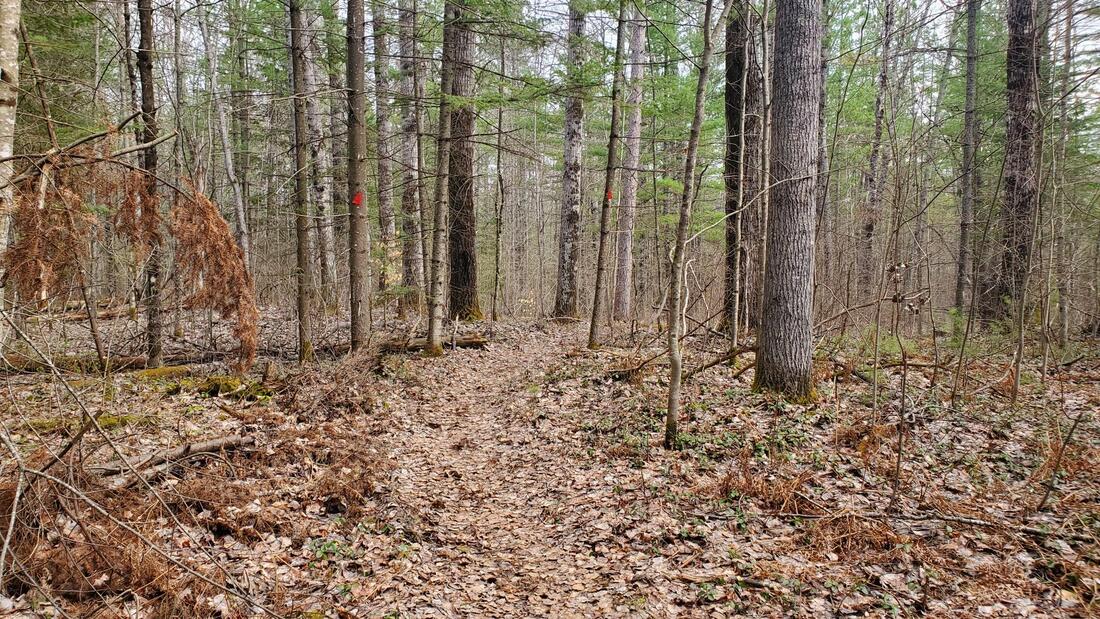
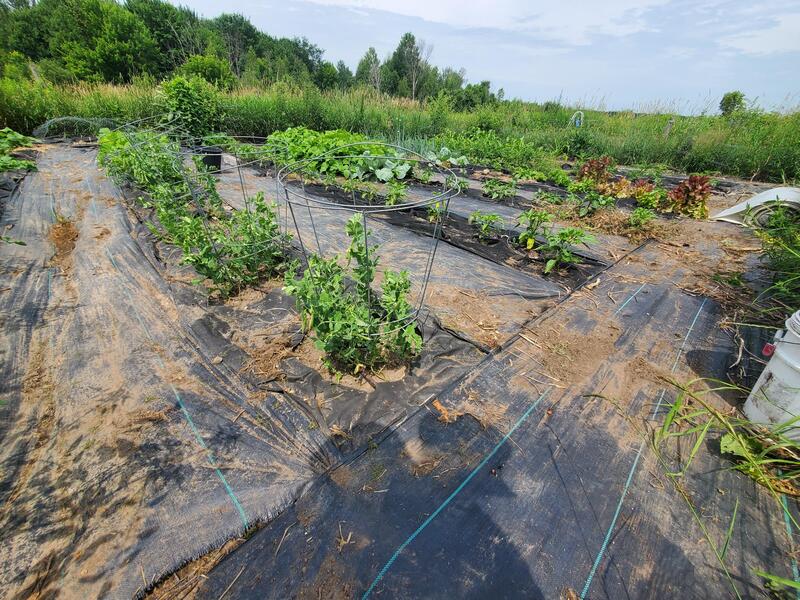
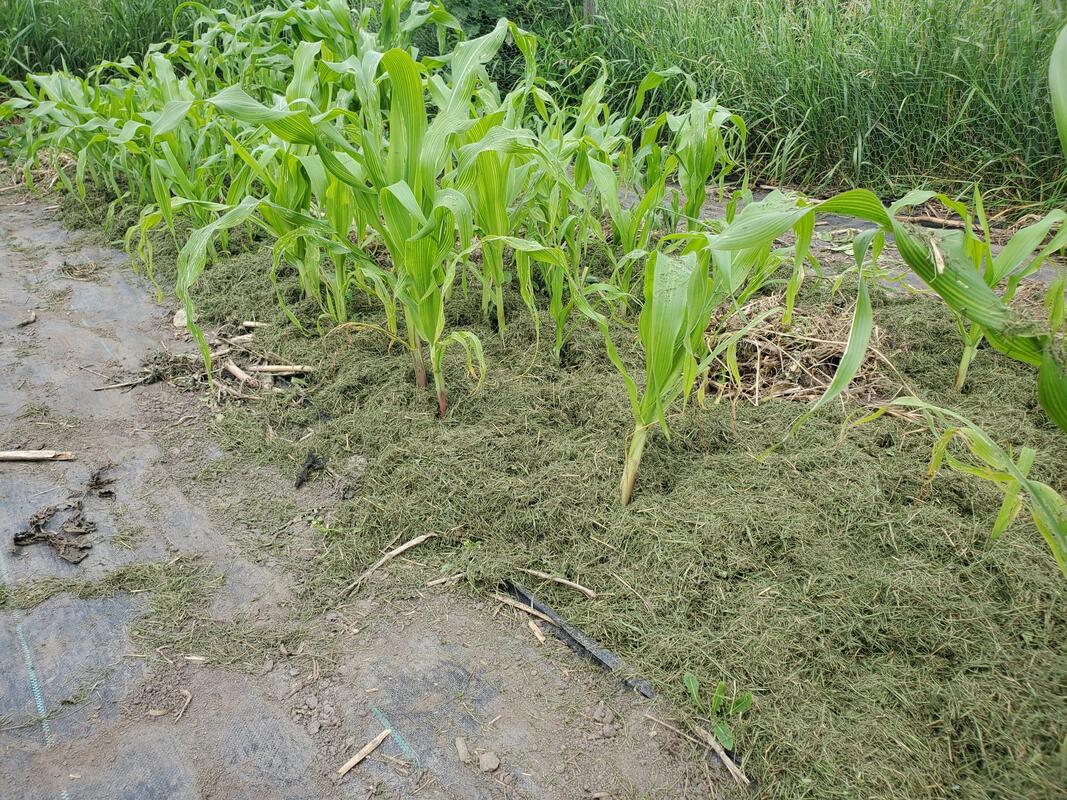
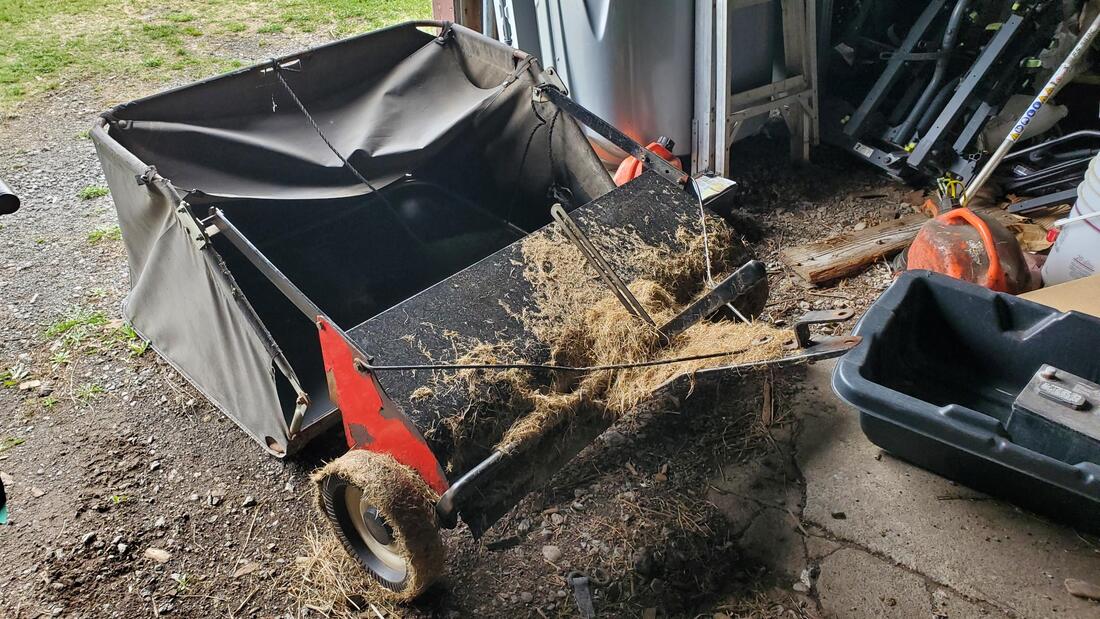
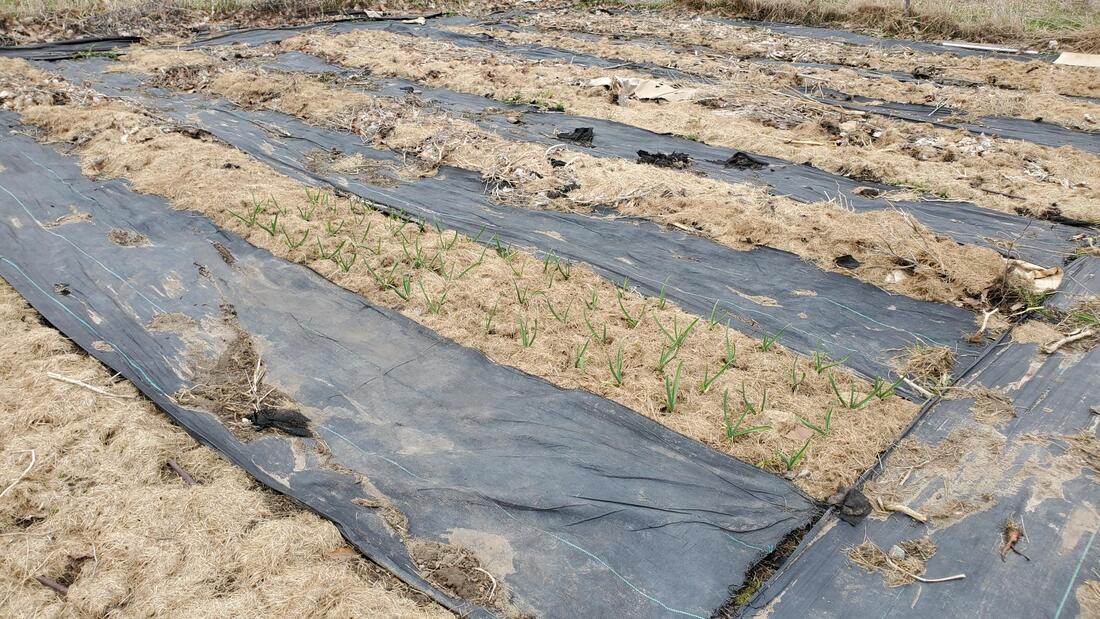
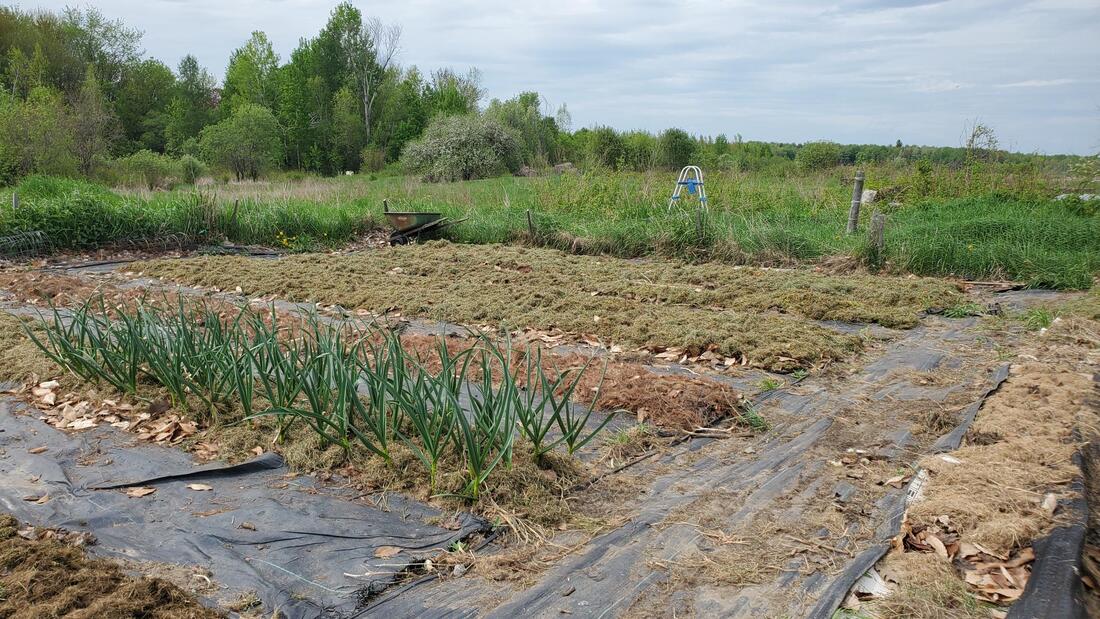


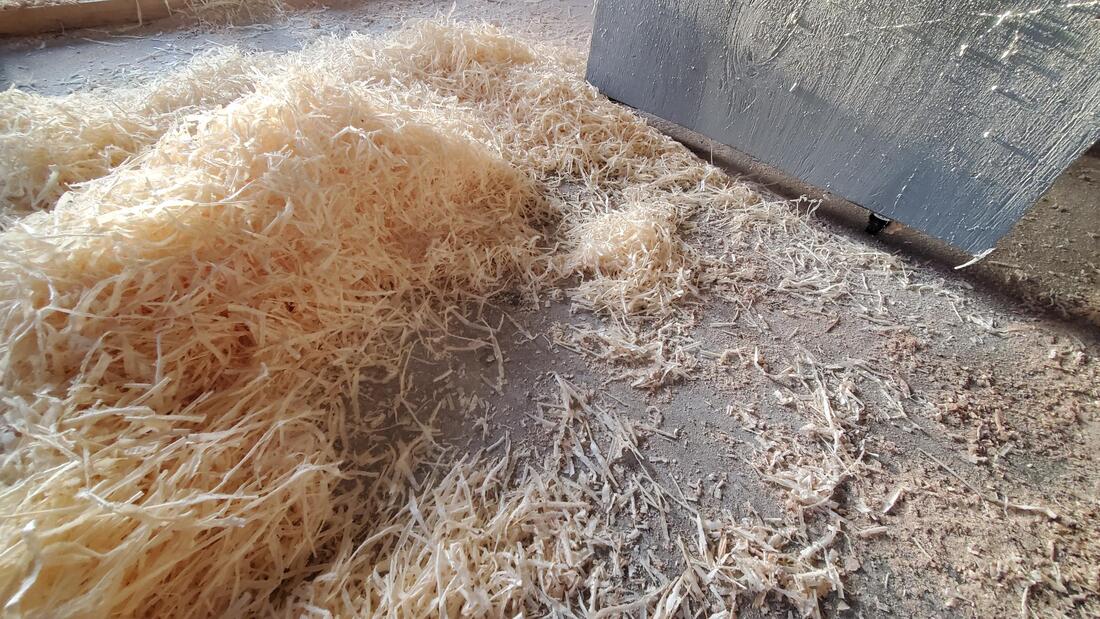
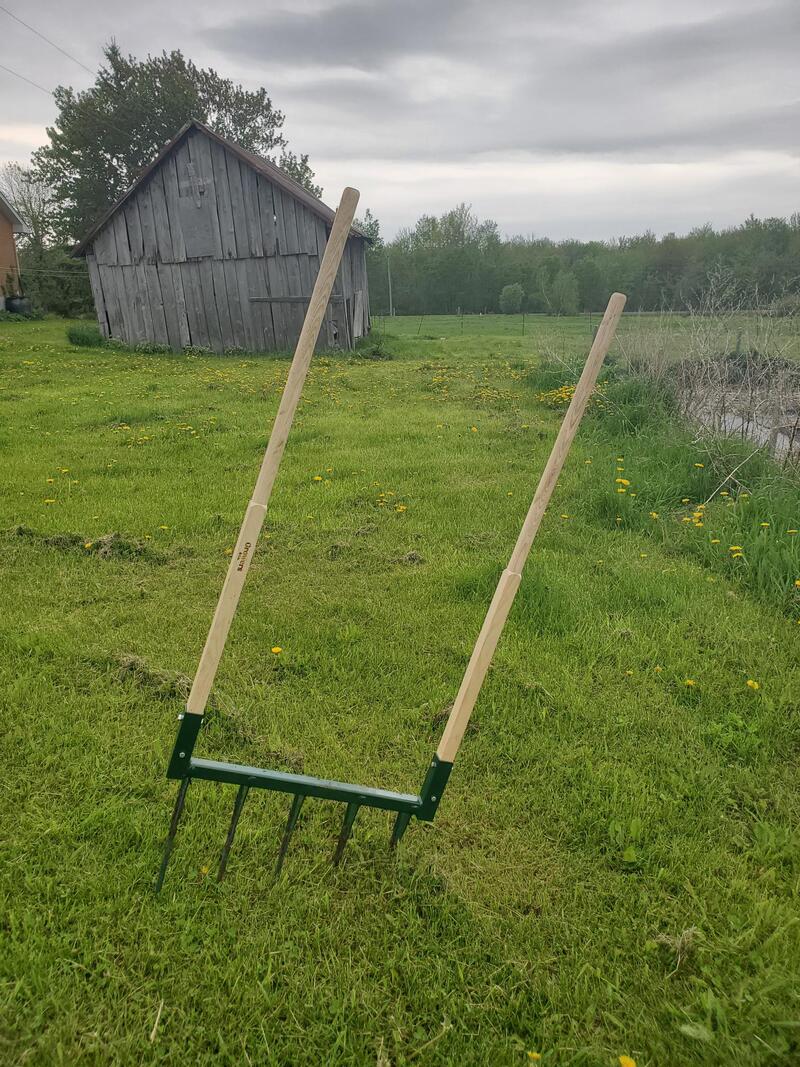
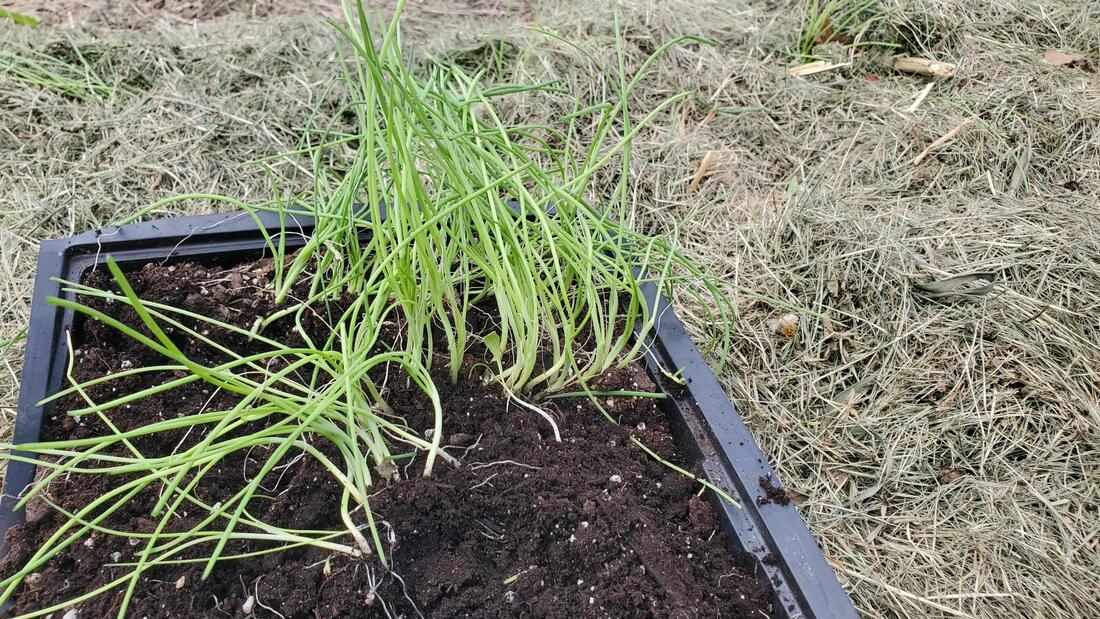
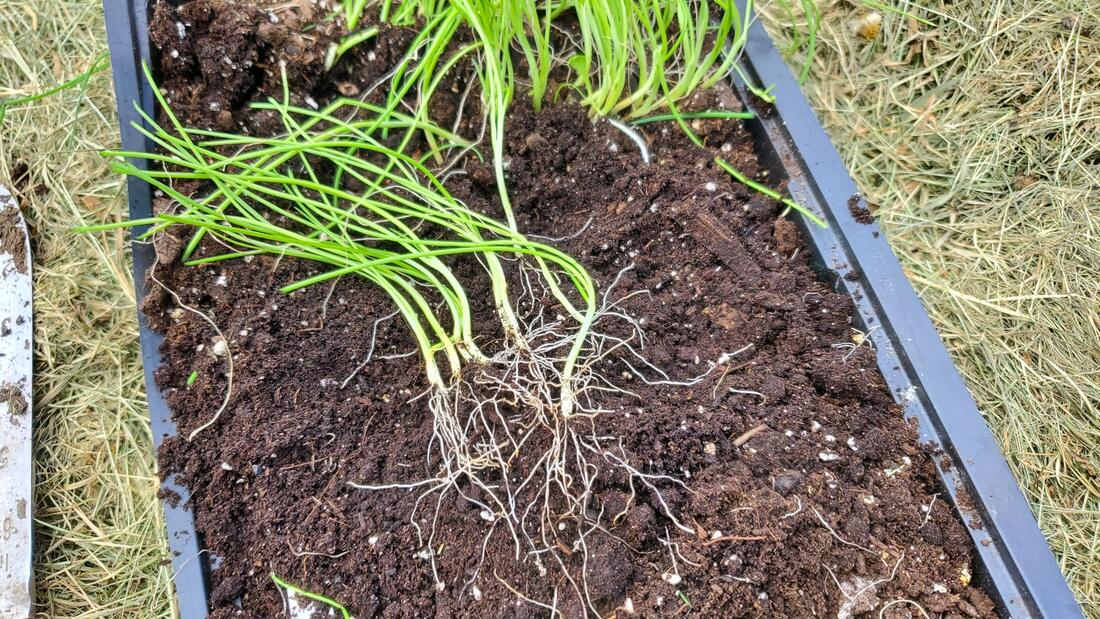
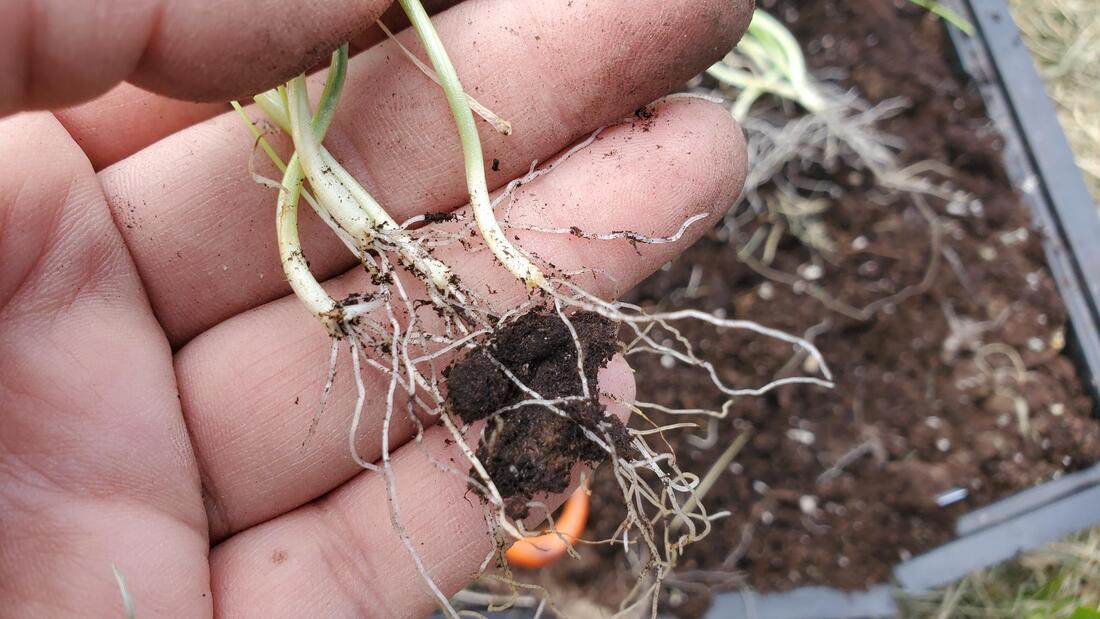
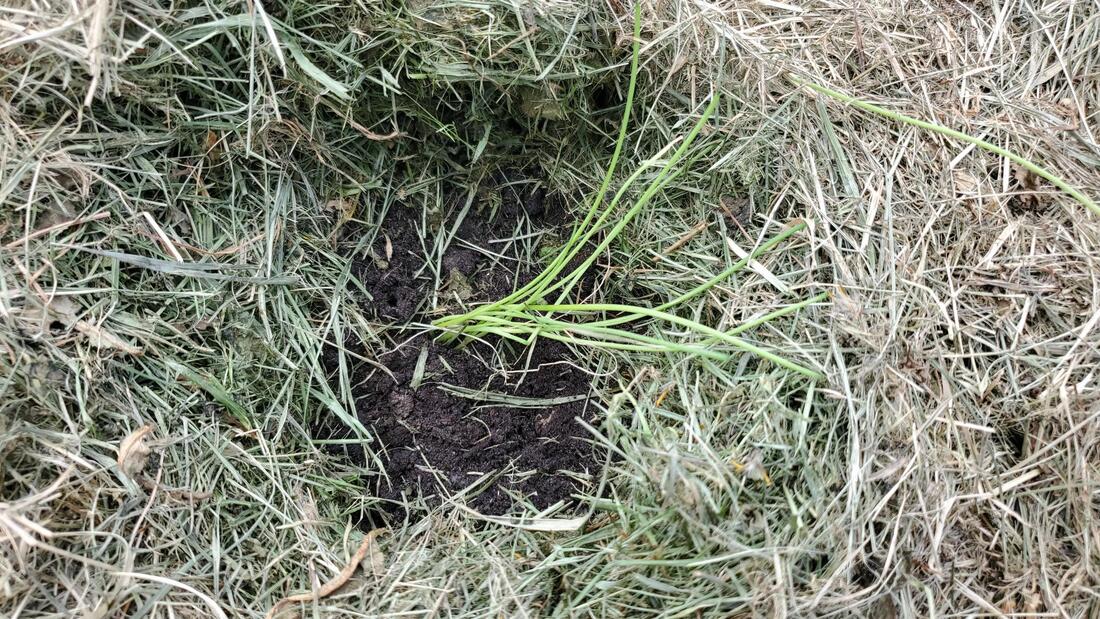

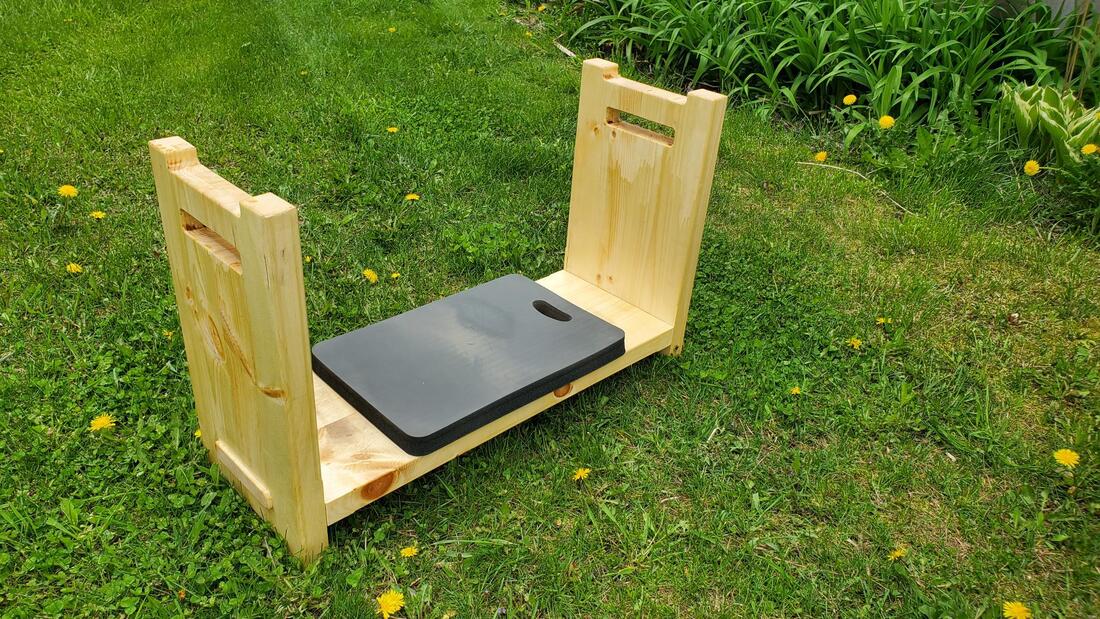
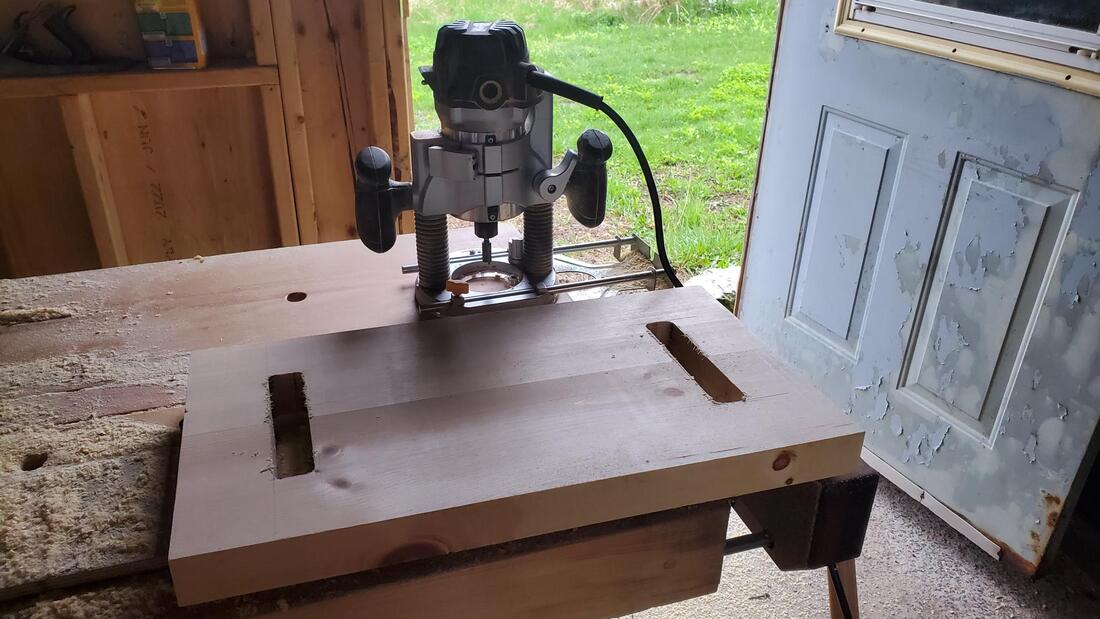
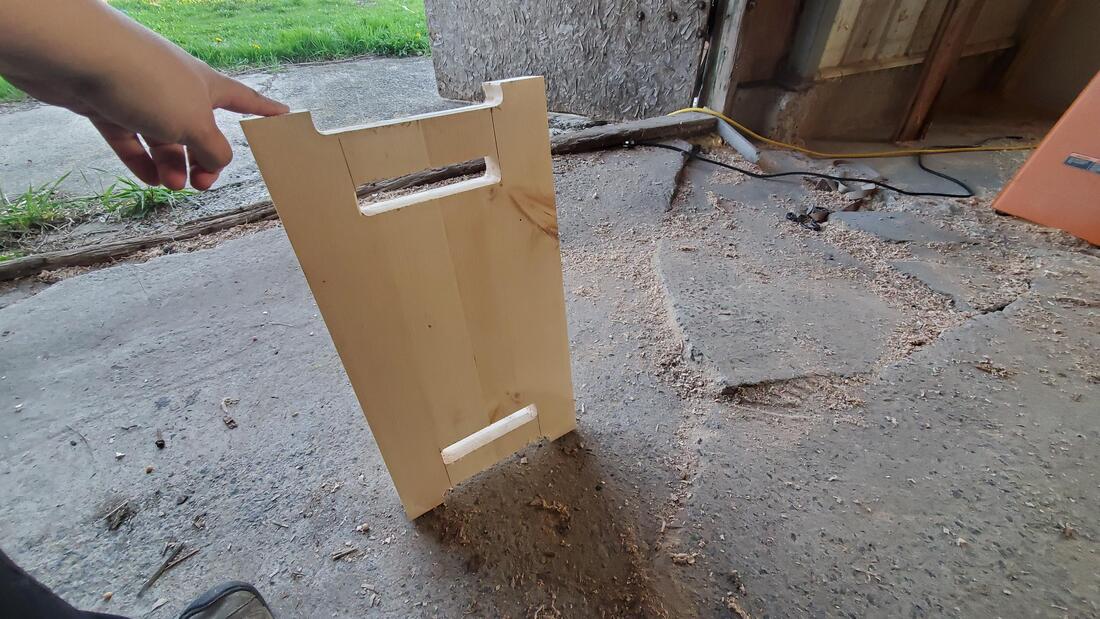
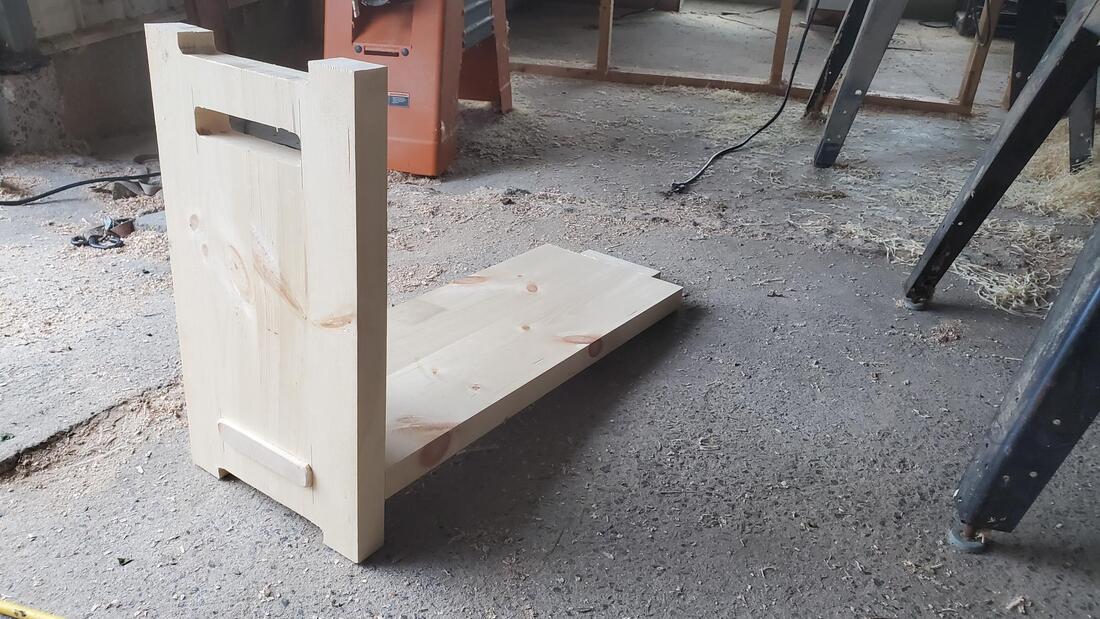
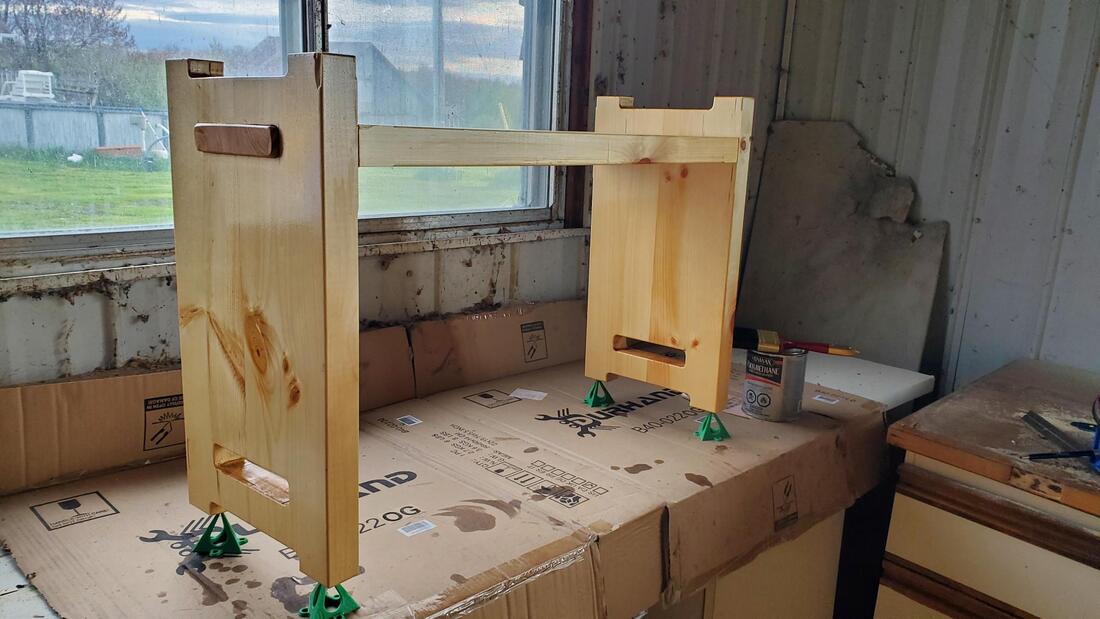


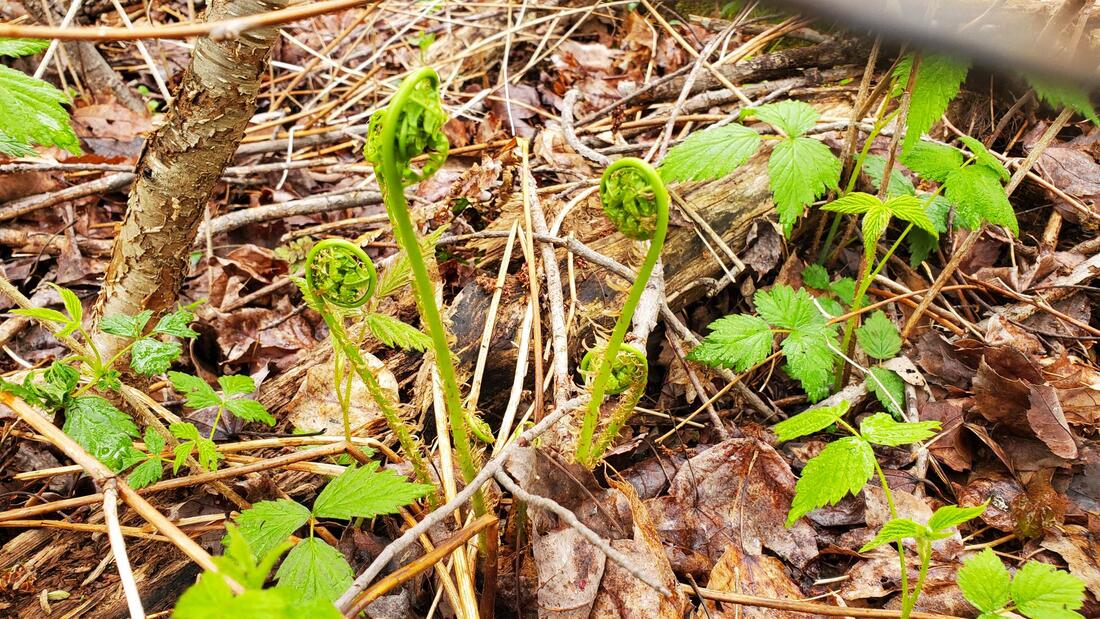
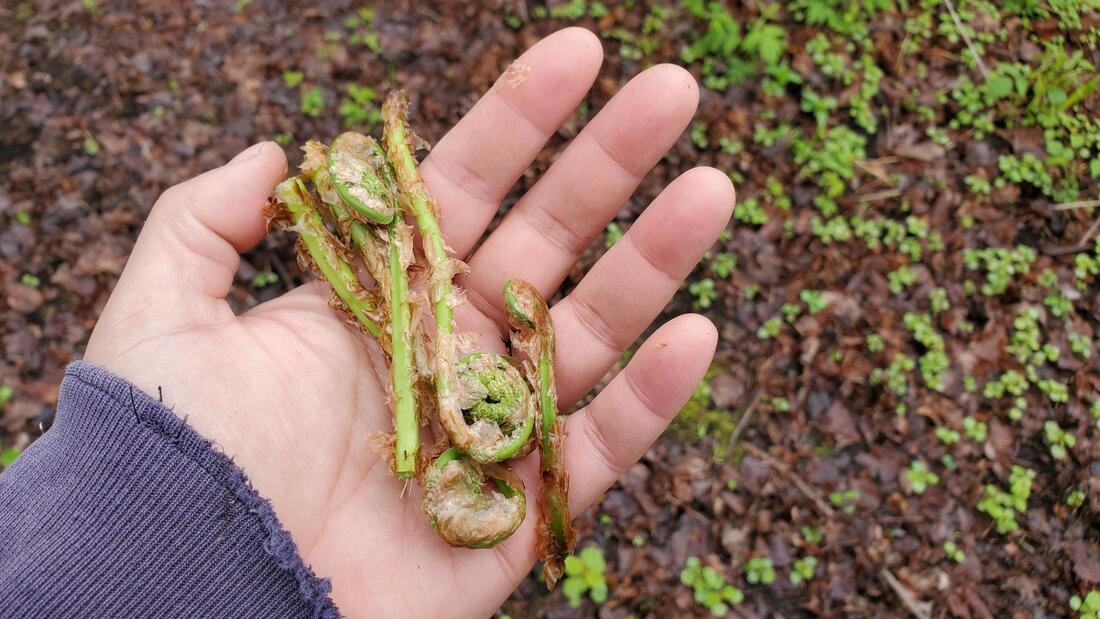

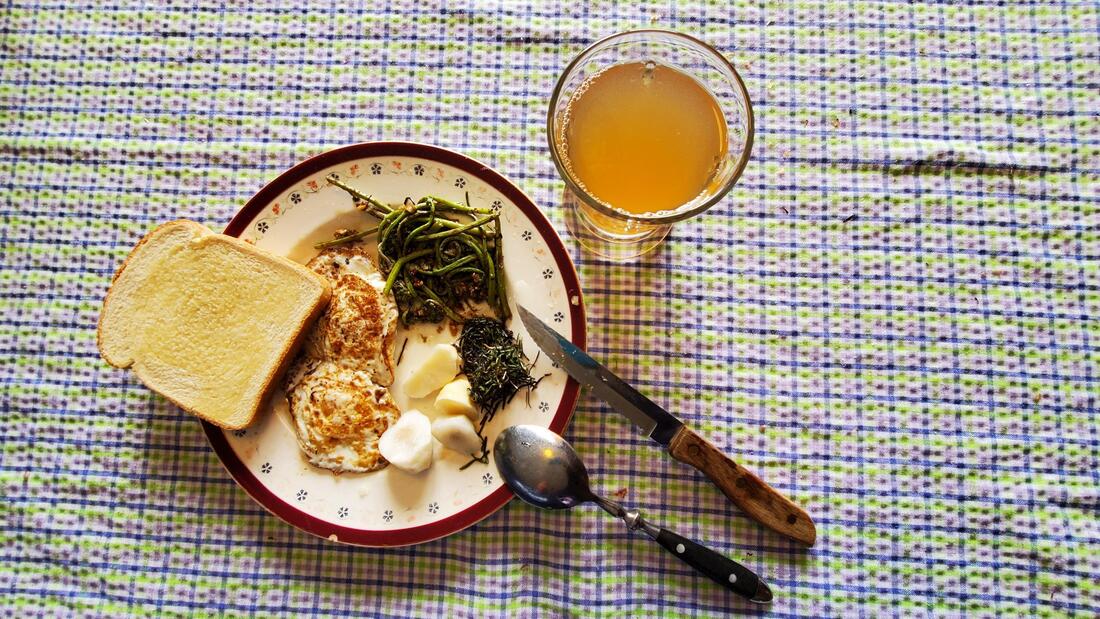


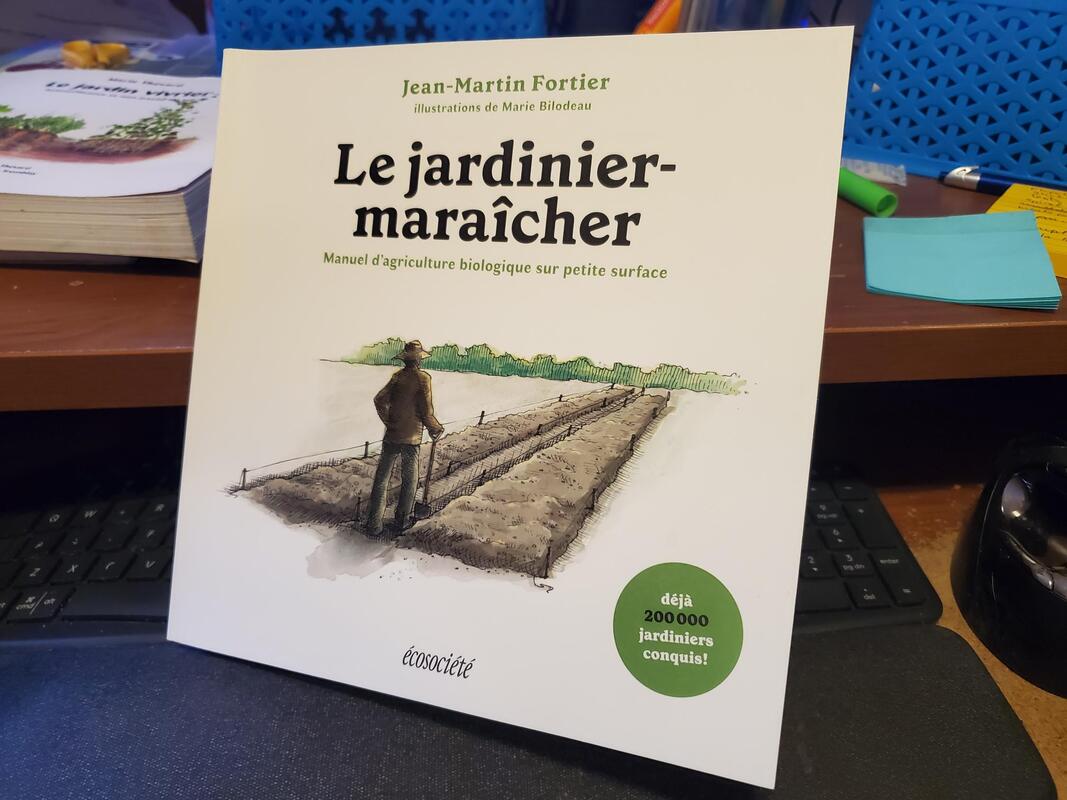
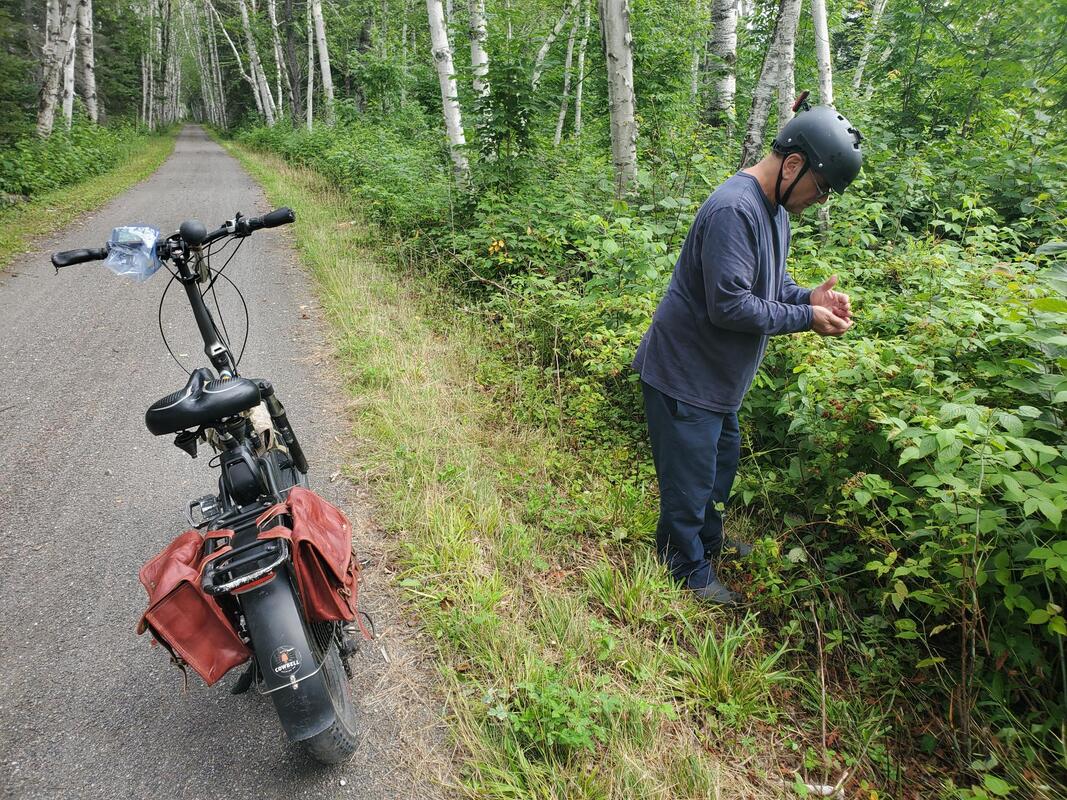
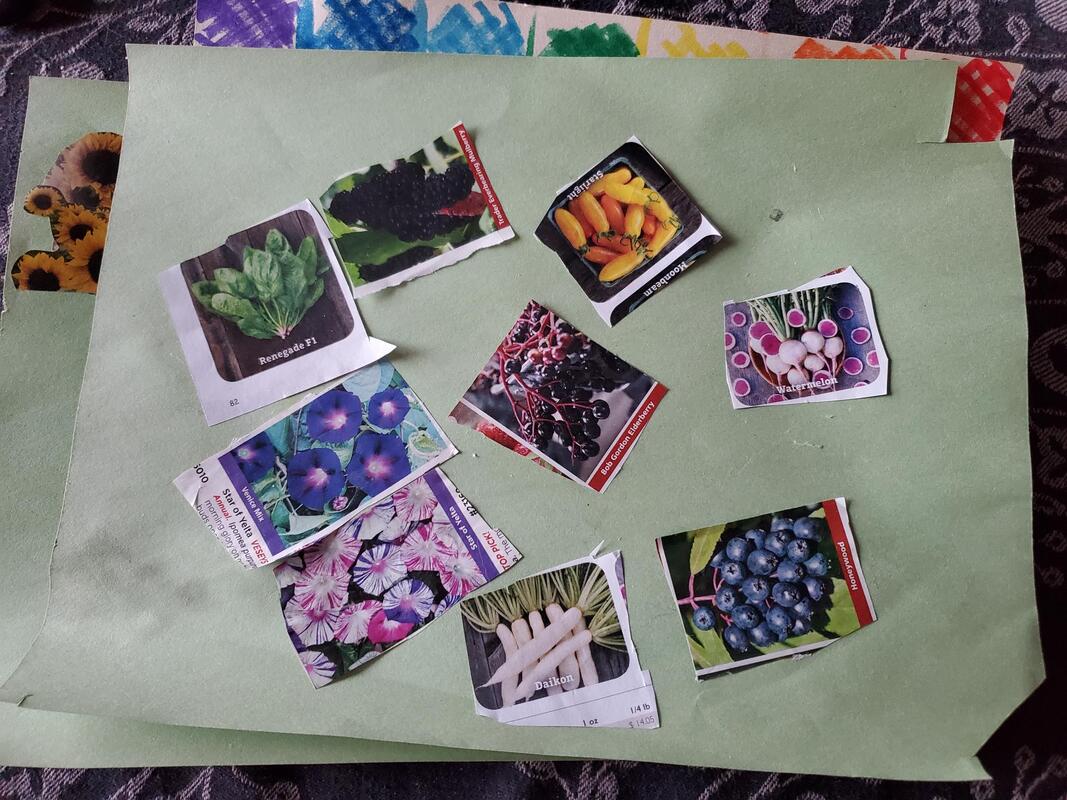
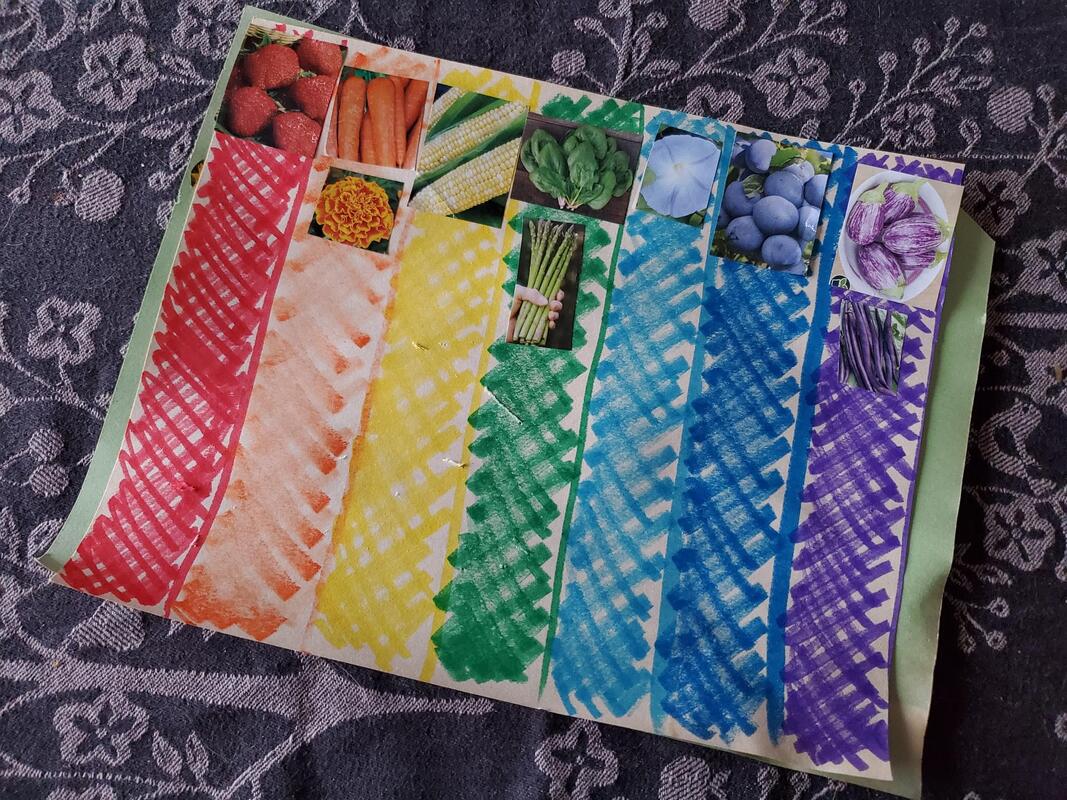
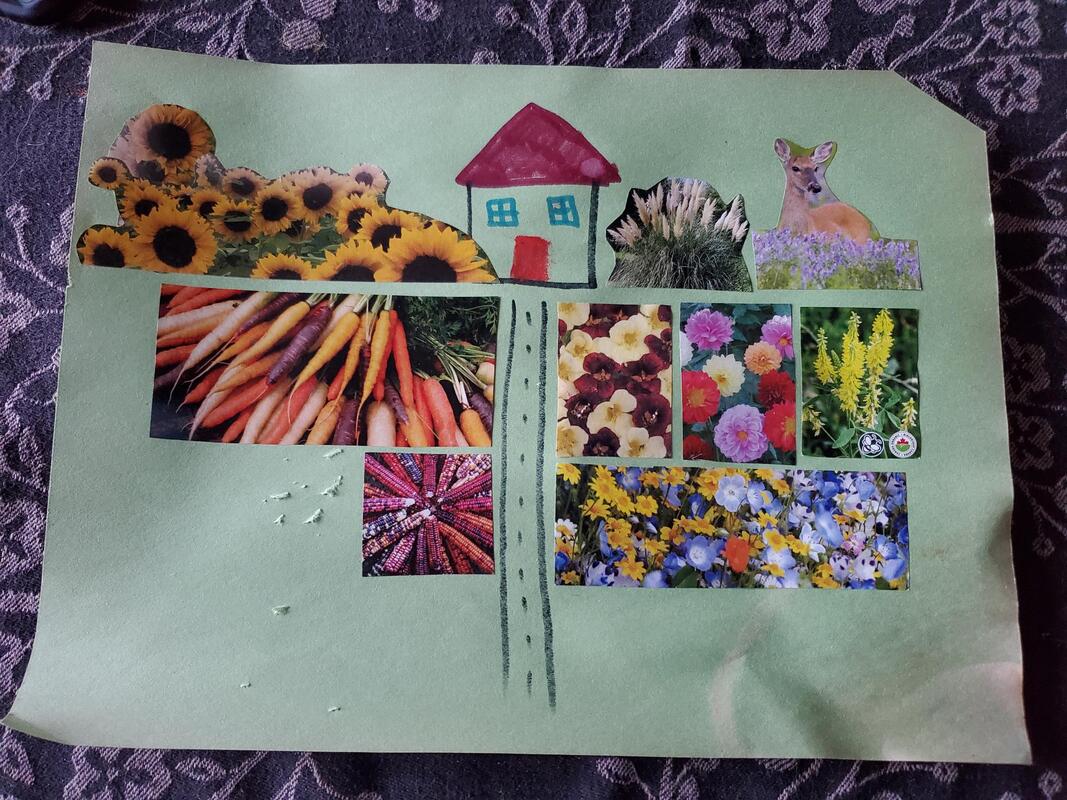
 RSS Feed
RSS Feed
